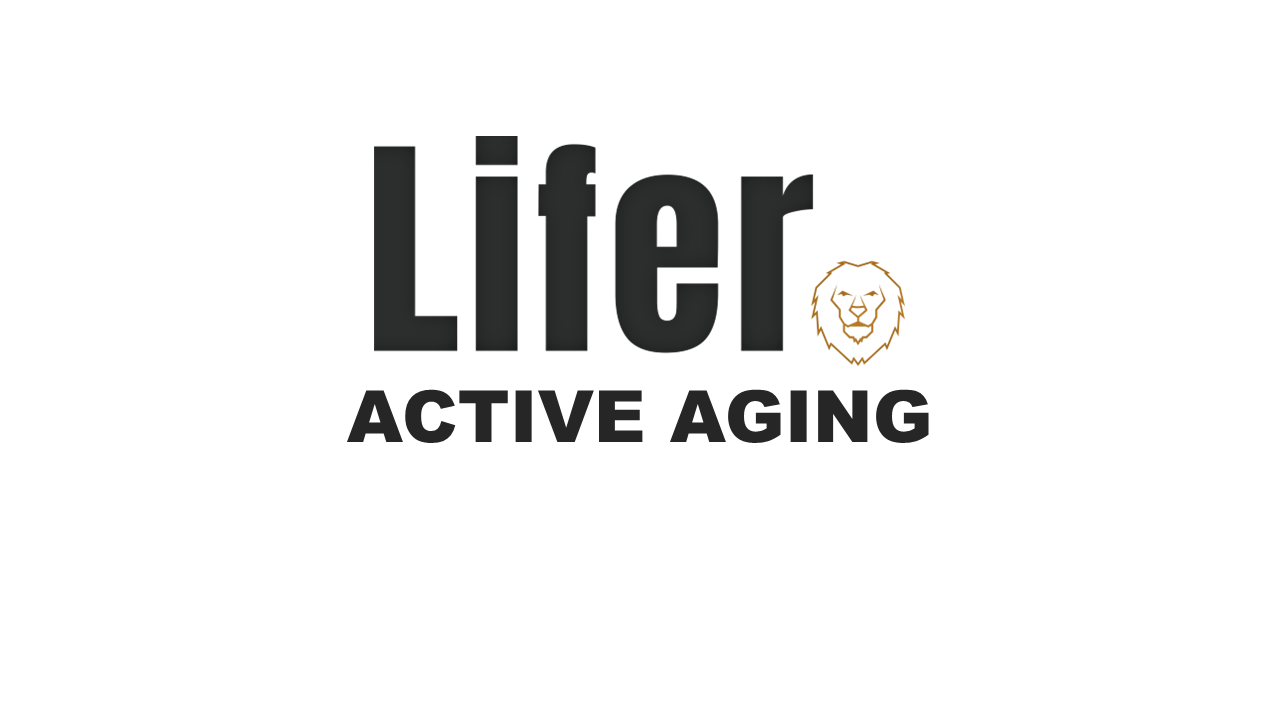Aging is often associated with decline—losing muscle, slowing down, feeling weaker. But what if that didn’t have to be true? What if, instead of accepting weakness, you could build strength, gain energy, and feel more powerful than ever—at any age?
The truth is, strength isn’t just for the young. Your body is capable of adapting, growing, and improving at any stage of life. Science shows that regular strength training can help prevent age-related muscle loss, improve balance, and even boost brain function. And the best part? It’s never too late to start.
Building and maintaining strength isn’t about looking like a bodybuilder—it’s about staying strong enough to live life on your own terms. Whether that means lifting groceries without struggle, playing with grandkids, or continuing to hike, dance, and move with ease, strength is your secret weapon to defy the odds.
Here’s how to train your body for lifelong power and vitality.
1. Strength Training: The Key to Staying Strong
As we age, we naturally lose muscle mass—a process called sarcopenia. But regular strength training can slow, stop, or even reverse this decline.
• Start with bodyweight exercises – Squats, push-ups (against a wall or on the floor), and leg raises are great starting points.
• Use resistance bands or light weights – Gradually increase resistance as you get stronger.
• Focus on compound movements – Exercises that work multiple muscles, like lunges and deadlifts, improve overall function and balance.
Two to three sessions per week can make a dramatic difference in strength, endurance, and confidence.
2. Mobility and Flexibility: Move with Ease
Strength is important, but so is mobility and flexibility. As we age, tight muscles and stiff joints can limit movement and increase injury risk.
• Stretch daily – Even just 5-10 minutes can improve range of motion.
• Incorporate yoga or tai chi – These low-impact practices build strength, balance, and flexibility at the same time.
• Work on posture – A strong core and open shoulders help prevent back pain and improve stability.
The more you move with intention, the more graceful, pain-free movement becomes a natural part of life.
3. Balance Training: Prevent Falls and Stay Independent
Falls are a major concern as we age, but balance can be trained and improved just like strength.
• Practice standing on one leg while brushing your teeth.
• Do heel-to-toe walking (like a tightrope walker) to improve coordination.
• Use strength exercises (like step-ups and lunges) to stabilize your core and lower body.
Better balance means more confidence and freedom in your everyday activities.
4. Fuel Your Strength with Proper Nutrition
Exercise alone isn’t enough—you need the right nutrition to support your body.
• Prioritize protein – Lean meats, fish, beans, eggs, and dairy help rebuild muscle.
• Stay hydrated – Water is essential for muscle function and joint health.
• Eat anti-inflammatory foods – Leafy greens, nuts, and berries support recovery and overall vitality.
Strength comes not just from movement, but from nourishing your body well.
Defy the Odds—Stay Strong for Life
Aging doesn’t have to mean decline. By training your body with strength, mobility, and balance in mind, you can continue to feel powerful, active, and independent for decades to come.
You have the power to defy the odds, rewrite the aging narrative, and build a body that supports the life you want to live. Strength isn’t just for the young—it’s for anyone willing to put in the work. And the best time to start? Right now.
Jay


